Domestic Violence
Intimate Partner Violence information provided from Treva Miles’ Dissertation, “The Lived Experience of Individuals in the Workplace Who Have a History of Intimate Partner Violence.”
Intimate partner violence is a phenomenon that continues to raise concerns and questions but very little discussion. Most people would like to believe that they have never met anyone who has been in a violent intimate relationship. Intimate partner violence is such a taboo topic; victims are often reluctant to disclose this information while still in the relationship. Often times we are shocked to have discovered the victims are people that we are in contact with on a regular basis, such as family, friends, and coworkers.
Intimate partner violence acts as a barrier for socialization, education, training, and employment. Perpetrators obstruct any independent efforts of the victim to become more self-sufficient. Low self-esteem, self-efficacy, poverty, and lack of adequate income often make it more difficult for domestic violence victims to leave their abusers (Swanberg, Logan, & Macke, 2005).
Intimate partner violence is a life threatening and serious health issue in the United States. Five million intimate relationships experience domestic violence annually. The National Census of Domestic Violence Services, in which 87% of the domestic violence programs in the United States participate, occurred on September 17, 2013. There were 66,581 victims of domestic violence who were provided refuge and transitional housing with the assistance of 1,649 domestic violence programs. Local domestic violence programs answered more than 20,000 hotline callers and provided 1,413 training sessions on domestic violence to 23,000 individuals. However, 9,641 or 13% of requests for domestic violence assistance were denied due to the lack of resources, and more than half were denied housing (National Network to End Domestic Violence, 2015).
One in four women will be the victim of intimate partner violence during her lifetime. More than 3 million women will experience domestic violence by their significant other within 12 months of the relationship (Tjaden & Thoennes, 2000). Every 9 seconds a woman is battered. Approximately, 1600 women were killed in 2007 as a result of intimate partner violence (Catalano, Smith, Snyder, & Rand, 2009). Intimate partner violence is the reason for more injuries to females than automobile accidents, rapes, muggings, and cancers collectively (Novella, Rosenberg, Saltzman, & Shosky, 1992).
The foundation of what makes domestic violence different from any other violent crime committed by a stranger is that it has a distinctive and “demonstrated dynamic caused by the blood or intimate connection between the victim” and the perpetrator (Spagnoletti, 1999, p. 45). Intimate partner violence transcends all socioeconomic, racial, gender, religious, and educational backgrounds. The United States Department of Justice (2013, para. 1) stated that “domestic violence is a pattern of abusive behavior in any relationship that is used by one partner to gain or maintain power and control over another intimate partner.” This is perfectly understandable knowing the history of the treatment of women. Women were and, depending upon one’s perspective, are still treated as second-class citizens.
Intimate partner violence has many faces. A man barricaded himself and his one year old son inside his home in Newark, New Jersey for a 12-hour standoff with the police after several domestic violence calls (Tucker, 2015). A professional football player was video recorded physically abusing his fiancée and it was broadcasted on television. The fiancée blamed herself for the incident and stated that it was not a common occurrence and they were married approximately 30 days later (Saliba & McClam, 2015). Eve Ensler has made the Vagina Monologue a world phenomenon; her perspective on the silent and violent atrocities that happen to women (Lee, 2012). Each one of the named incidents could be explained by one of the many theories of intimate partner violence. Both men and women commit psychological and physical violence in their intimate relationships that is considered domestic violence (Straus, 2004; Swan,
Gambone, Coldwell, Sullivan, & Snow, 2008). Violence is often used as an expression or communication tool. Men and women use it differently. Men use it as a method of control, coercion, punishment, and power, while women use violence as a self-defense mechanism and retaliation (Cascardi, Langhinrichsen, & Vivian, 1992; Hamberger, Lohr, Bonge, & Tolin, 1997). Their victims often remain silent as the embarrassment and pain associated with the acknowledgement of abuse is often unbearable and intimidating.
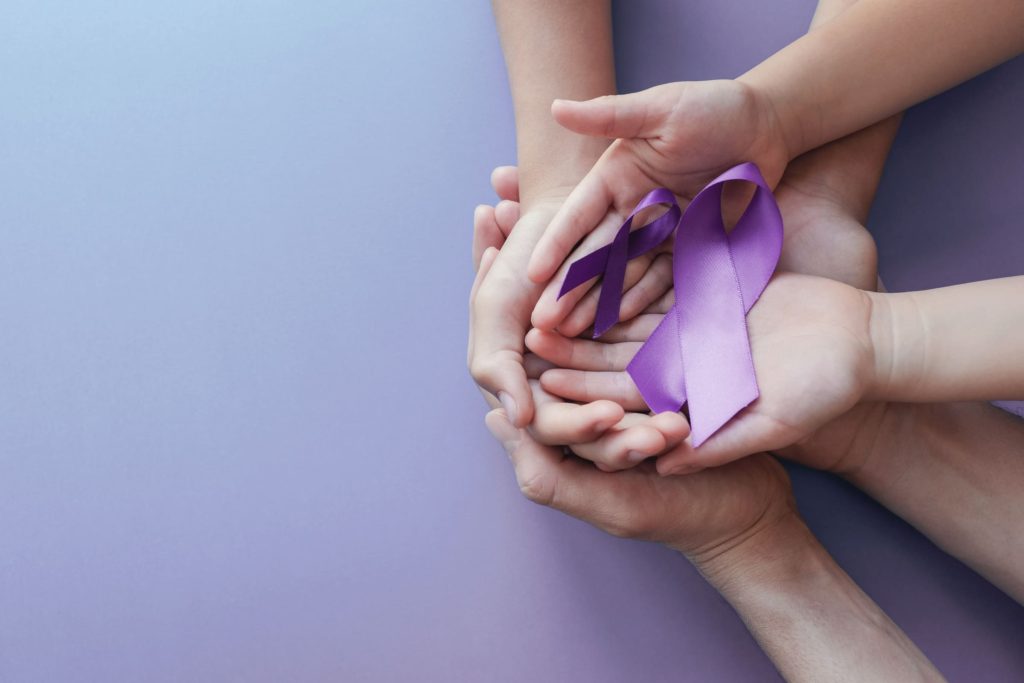
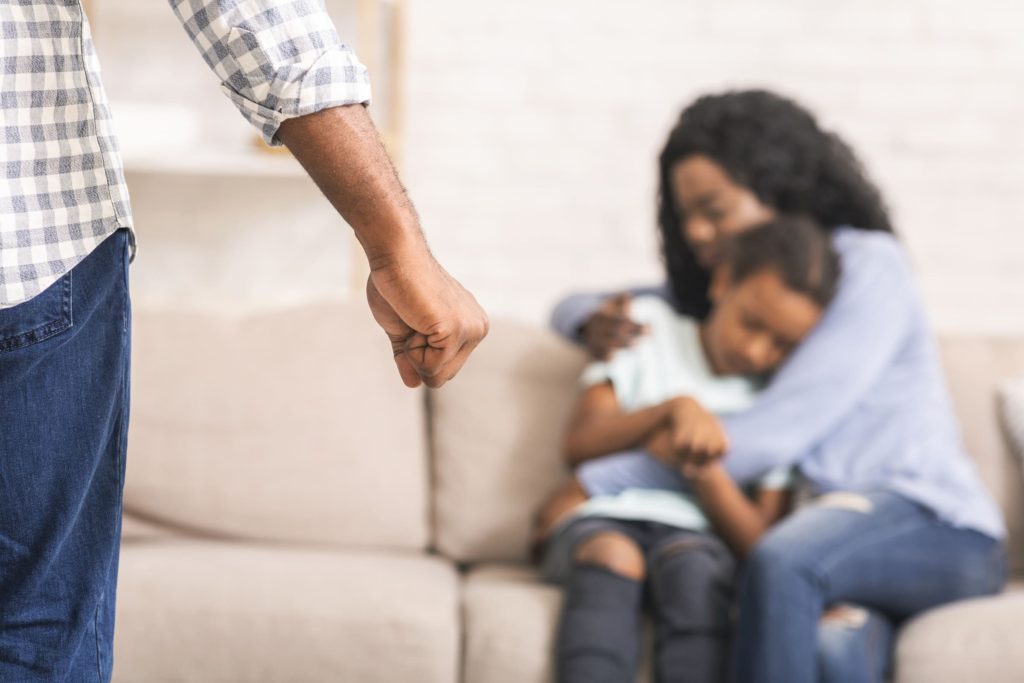
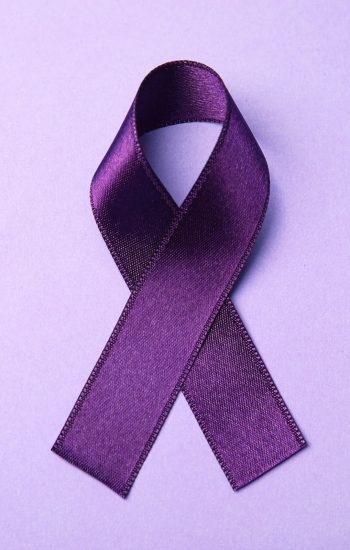
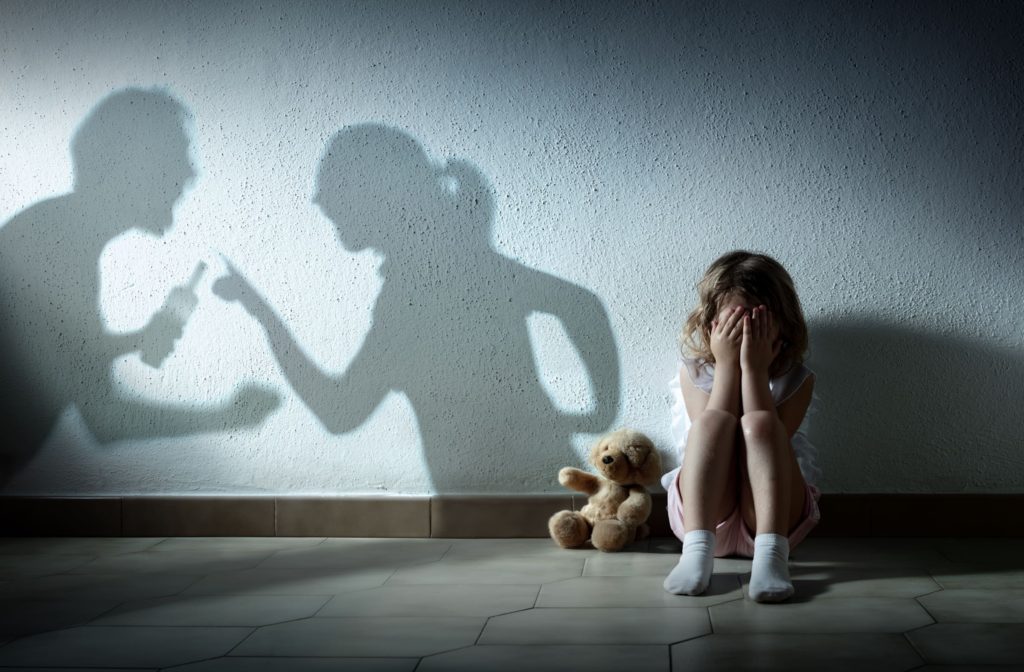

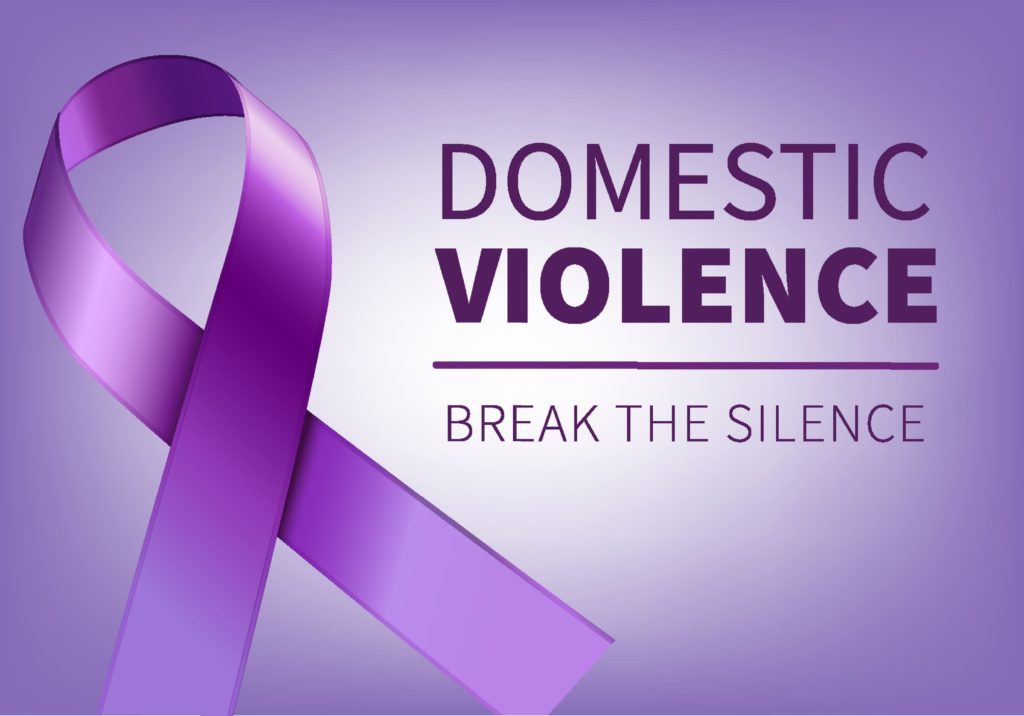


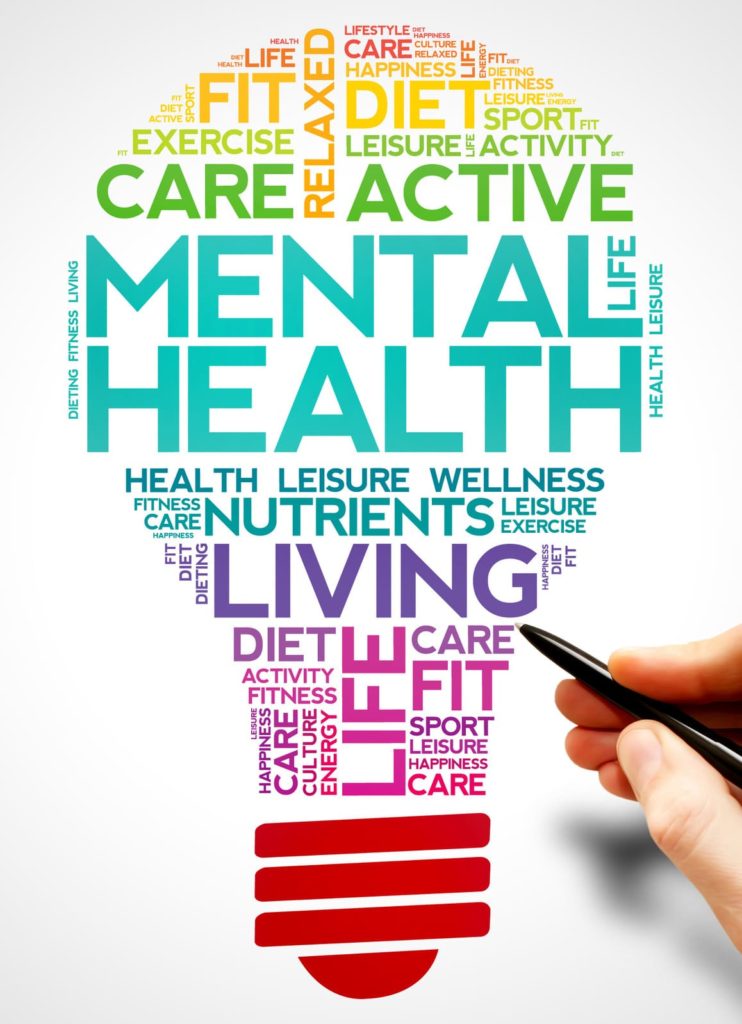
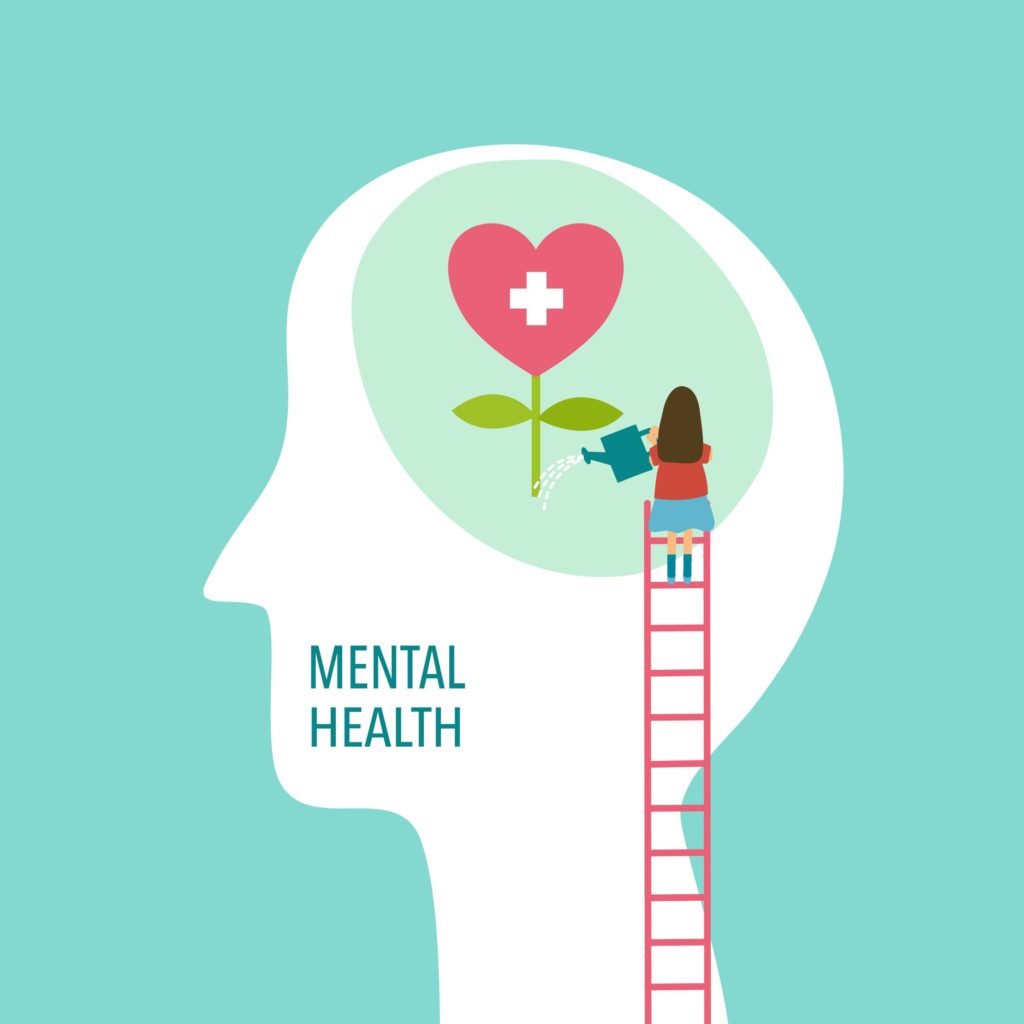

Mental Health AWareness
Mental Health Information provided from Rynata Trevyce’s Dissertation, “The Relationship Between Race-Related Stress and Coping Strategies of African American Men.”
Mental health is defined as a state of being that affects the biological, psychological, and or social factors which play a part in an individual’s mental state and their ability to function within the environment (Manwell, Barbic, Roberts, Durisko, Lee, Ware, & McKenzie, 2015). For the African American community, there is also a stigma associated with seeking mental health assistance. This stigma itself can be considered a stressor due to the new negative perception of the individual seeking mental health assistance (Watson & Hunter, 2015).
The stigma in the African Americans community is high. They are forced to assimilate into European American culture in which they may or may not be comfortable, which may create a strain on mental health statuses. This can cause an increase in psychological disorders amongst African Americans. Racism and discrimination could bring forth feelings of low self-worth, learned helplessness, and poor mental health.
Anxiety is defined as an expectation of a future threat (American Psychiatric Association, 2013). Individuals who are exposed to perceived race-related stress are susceptible to anxiety or symptoms of anxiety. The major symptoms of anxiety associated with race-related stress include excessive worrying, and lack of control (Carter, Walker, Cutrona, Simons & Beach, 2016). Most African American identify symptoms of tension, shaking and nausea with regards to anxiety (Lancaster, Melka, Klein & Rodriguez, 2015). According to Gaylord-Harden, Elmore, Campbell, and Wethington (2011), hyper- arousal and hypertension are specific to anxiety. Hyper-arousal focuses on nervousness, tension and irritability, increased arousal inability to sleep and panic (van Wyk, Thomas, Solms, & Lipinska, 2016). Hypertension is also known as a form of high blood pressure.
Depression is defined as a mood disturbance, loss of interests or pleasure, extreme feelings of hopelessness and sadness (American Psychiatric Association, 2013). Depression is one of the highest and costlier mental health illnesses in the world (Plowden, et al., 2016). The most common assumption associated with depression is that it is only the negative emotions that are important (Dunn, 2012). It is important to focus on the impairment of positivity that is not apparent in depression.
The American Psychological Association (2010), defined stress as a “reaction to a short-lived situation.” Stress differs from individual to individual and is dealt with differently as well. Essentially, with stress, the body reacts and adjusts to any situational factors brought on or that may arise. Ramos (2011) inferred that if not addressed properly, stress can interfere with an individual’s life on many different levels, inability to complete a full day’s worth of work, raising a family, classroom workload, maintaining grades, and an individual’s ability to live comfortably, which can become unsafe. Stress can hit at any age to any person.
There are different forms of stress, most commonly mentioned are chronic and acute stress. Hickens, et al., (2014) defined chronic stress as a repeated exposure to a stressor that has the ability to affect one’s mind and even their body in due time. Acute stress is defined as a stressor that comes from a particular event (Anshel, Sutarso, & Jubenville, 2009).
The reaction to stress depends greatly on the individual and their reaction can be positive or negative. Semenova and Stadtlander (2016) defined coping as both a behavioral and a cognitive work that an individual utilizes to minimize the encountered stress. The negative reaction is usually generated when an individual is constantly faced with challenges back to back and is not given adequate time to recuperate from the previous challenge. A positive reaction can be considered the body’s way of keeping one alert from danger and giving the fight or flight instinct. Watson and Hunter (2015) believed that the African American culture uses resources such as their fortitude, self- sufficiency, and silence to cope with stressors they encounter. However, it is also believed that coping in a manner such as this can leave this culture subject to depression and anxiety.
Relationships
The definition of family has changed drastically over the years. Originally, family was believed to be two married parents and their children in a home, but that is no longer the case. Family is now described as those whom which you feel the greatest connection. Research shows that the in-home family structure has evolved a great deal from the 1960’s. In 1960, 73% of children lived in a married two-parent household. As of 2014 that percentage is down to 46% (www.pewsocialtrends.com). Many believe these numbers have influenced how people act in relationships. What are relationships? Relationships are defined as a state of connectedness, especially an emotional connection with another. There are different types of relationship such as romantic, social, and professional. How we act in those relationships depends on how we assess our own self-worth.
Relationships have a way of allowing us to recognize how much we value ourselves through the eyes of others. When we look at ourselves through the eyes of someone else, oftentimes it creates one of two sensations, doubt or confidence. It makes one question their existence. Relationships should not define who you are, they should complement who you are meant to be in this life. “Our own sense of self-worth shapes not only how we let others treat us, but how we treat others. It impacts what we think we deserve, what we will accept, whether we’ll settle, and if we ever even talk to our dream partner in the first place” (www.bustle.com). Do not let your relationship dictate who you were or who others think you are, but embrace your self-value, self-worth, by ensuring that you practice self-love.


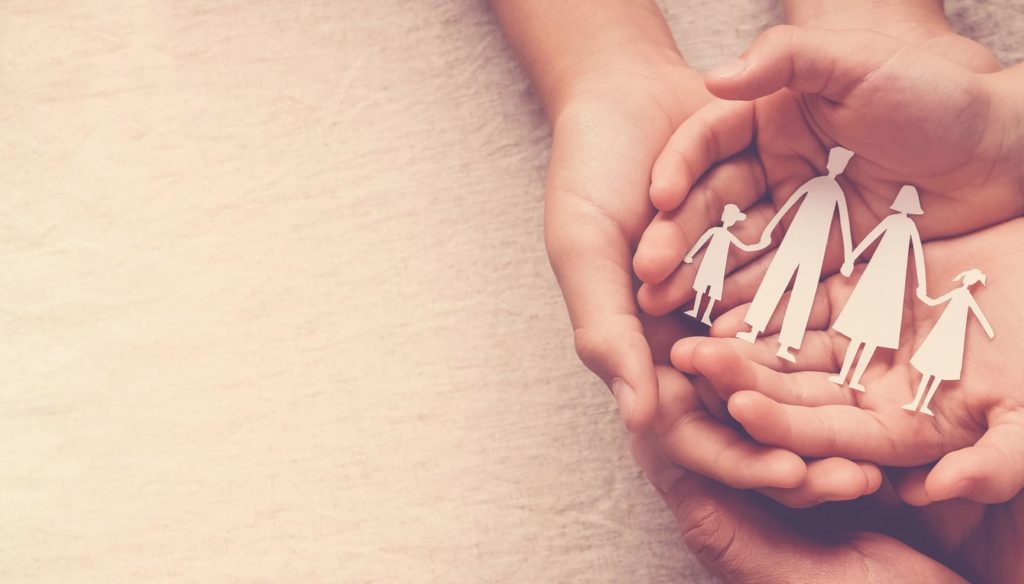
Missing Persons & Reports
Talk to your child about safety frequently. Make sure they are aware of their complete name, address, and their parent/guardian’s cellular telephone number to include the area code. Most child abduction involves a relative or someone who the child is familiar with or who is familiar with the child. Teaching your children to avoid strangers is not enough. We must teach our children to recognize and respond to potentially dangerous situations.
God forbid, if your child does go missing, IMMEDIATELY call your local law enforcement agency. Provide law enforcement with your child’s name, date of birth, height and weight, and description of unique identifiers such as tattoos, braces, and eyeglasses. Don’t forget to tell them when you noticed your child was missing and what he or she was wearing at the time of their disappearance. Request law enforcement IMMEDIATELY enter your child’s name and identifying information into the Federal Bureau of Investigation’s (FBI) National Crime Information Center (NCIC) Missing Person File.
After you report your child missing to local law enforcement, please CALL the National Center for Missing & Exploited Children (NCMEC) at 1-800-The-Lost (1-800-843-5678).
NCMEC states that the in 2019 there were 421,394 NCIC entries for missing children (FBI). For more information about NCMEC please visit https://www.missingkids.org/home.
Missing PErsons Reports
If you have any inforMAtion please reach out!

Jholie’s Story
Jholie Moussa was a 16-year-old African American female who went missing from her Alexandria, Virginia home on Friday, January 12, 2018. Fairfax Country Police Department was notified that Jholie was missing on Saturday, January 13, 2018 and provided vital information regarding her character and a former violent ex-boyfriend. Jholie told her identical twin sister, Zhané,
Submit a new Missing Person Report
Information that is needed when you post on social media and report to law enforcement when someone you love goes missing. This information is vital although it may appear not necessary in your current state of urgency. It will help narrow the area in which people should pay closer attention. It will also help others in knowing how to approach your love one. Please download and fill out the sheet below then attach it to the form below!



